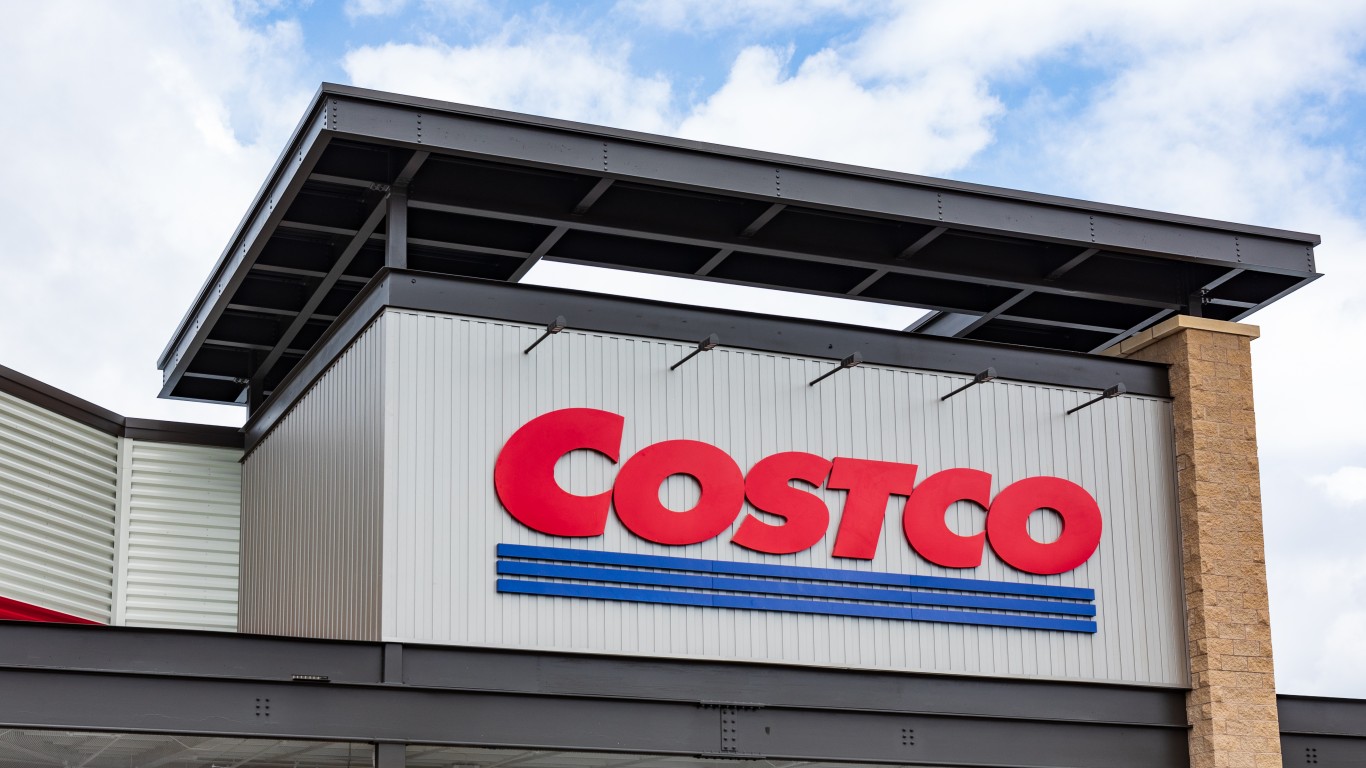 McDonald’s (MCD) did so well with its dollar menu that Wal-Mart (WMT) decided it will create one, too. The difference is that the Wal-Mart version will be merchandise and not food. McDonald’s philosophy of selling very inexpensive food in a clean, well-lit environment served by consistently friendly people has helped it expand its operations to 36,000 stores worldwide. Wal-Mart’s approach to retail stores is not terribly different. It may not be entirely coincidental that Wal-Mart was started in 1962 and McDonald’s began in 1955. Millions of relatively young people, most of them parents, were only a decade removed from serving their country and not being paid a great deal for that service. It was a perfect environment for consumers to believe that something could be inexpensive and a good value at the same time.
McDonald’s (MCD) did so well with its dollar menu that Wal-Mart (WMT) decided it will create one, too. The difference is that the Wal-Mart version will be merchandise and not food. McDonald’s philosophy of selling very inexpensive food in a clean, well-lit environment served by consistently friendly people has helped it expand its operations to 36,000 stores worldwide. Wal-Mart’s approach to retail stores is not terribly different. It may not be entirely coincidental that Wal-Mart was started in 1962 and McDonald’s began in 1955. Millions of relatively young people, most of them parents, were only a decade removed from serving their country and not being paid a great deal for that service. It was a perfect environment for consumers to believe that something could be inexpensive and a good value at the same time.
Earlier this week, Wal-Mart, the world’s largest retailer, said that it planned to improve its second quarter sales by offering shoppers irresistible bargains. For the last quarter, Wal-Mart reported flat earnings of $.77 and said it expected to deliver a range of $.83 to $.88 in the current period. Same-store sales for this quarter are expected to be between flat and up 3%. Wal-Mart may have an uphill fight to post strong second quarter earnings. Recent employment numbers and shrinking access to credit will hurt retail sales, although Wal-Mart probably has its share of people who pay cash.
According to Reuters, “Treasurer Charles Holley said Wal-Mart has planned a number of merchandising initiatives to appeal to cash-strapped shoppers, including its dollar program.” The theory behind the promotion is sound. Most stores could not bring in a lot of revenue selling items at $1 a piece, nor could most restaurants, but Wal-Mart and McDonald’s have such significant scale and customer bases that getting an even slight increase in discretionary spending from tens of millions of people could make the difference between a mediocre quarter and a good one.
Wal-Mart and McDonald’s are often criticized for selling “cheap” food and merchandise and treating their employees poorly by paying them very modest sums. There may be some truth in both charges but that true comes with another side to it. Many people who eat at McDonald’s and shop at Wal-Mart are from the lower economic classes. McDonald’s and Wal-Mart do not exploit that by selling these people junk. George Soros may not want to wear shoes from Wal-Mart and eat McDonald’s hamburgers but that does not mean that both establishments have not helped feed and clothe people who might otherwise struggle.
Workers at McDonald’s and Wal-Mart are not paid well. Waiting on people in a big-box retail outfit or cooking and serving fast food will never pay well. The jobs don’t require any special skills and so they do not come with a premium wage. Wal-Mart does employ 2 million people, which is a lot of individuals to keep on a payroll during a recession. McDonald’s has 400,000. Neither place has announced significant layoffs and neither is likely to.
Charging people a dollar for a meal or for some modest item off a retail shelf may seem like a gimmick to pick up a penny a share for the next quarter. It is a good deal more than that. When a dollar is all that someone can spend, that person doesn’t care if his purchase increases the company’s earnings.
Douglas A. McIntyre
Get Ready To Retire (Sponsored)
Start by taking a quick retirement quiz from SmartAsset that will match you with up to 3 financial advisors that serve your area and beyond in 5 minutes, or less.
Each advisor has been vetted by SmartAsset and is held to a fiduciary standard to act in your best interests.
Here’s how it works:
1. Answer SmartAsset advisor match quiz
2. Review your pre-screened matches at your leisure. Check out the advisors’ profiles.
3. Speak with advisors at no cost to you. Have an introductory call on the phone or introduction in person and choose whom to work with in the future
Thank you for reading! Have some feedback for us?
Contact the 24/7 Wall St. editorial team.



